The right stuff: How resistance breeding aims to save endangered trees
The American beech, American elm and many other tree species have been disappearing due to invasive pests and disease. Could these breeding programs save them?
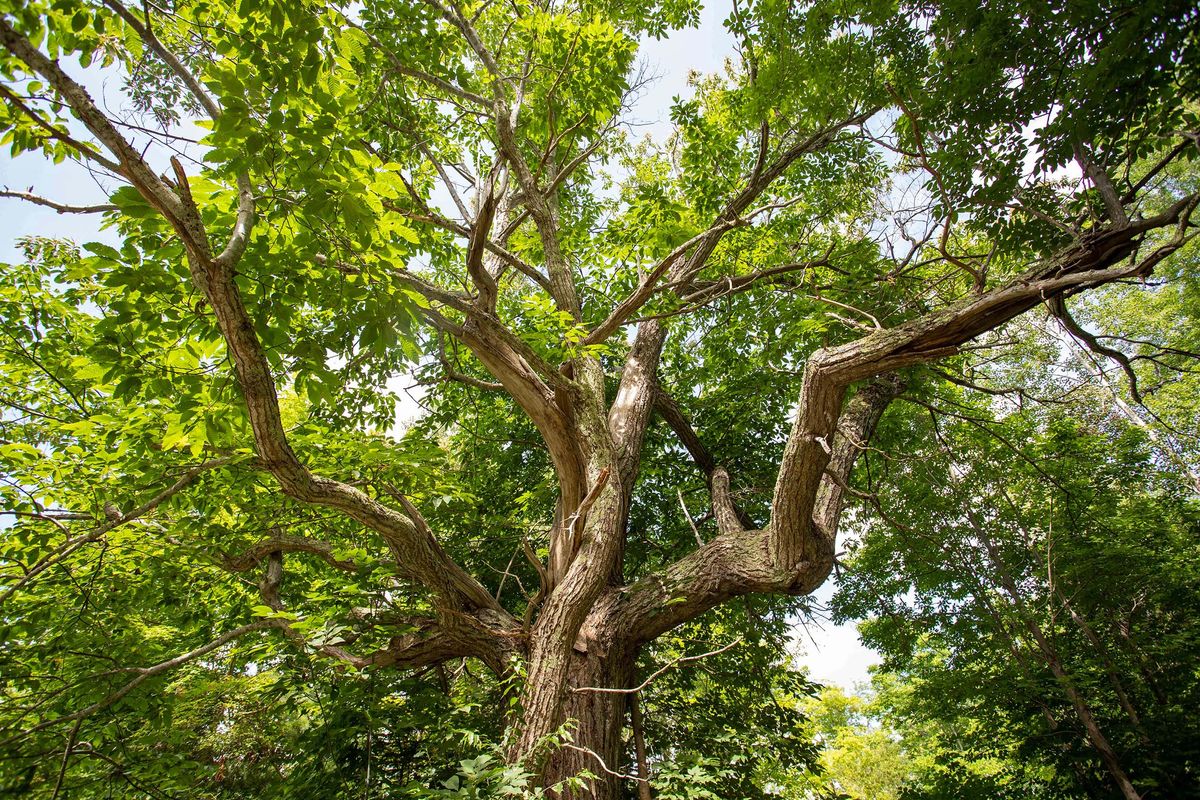
The American beech was the most common tree in the Canadian Maritimes until about the 20th century. With porcelain bark and generous mast, this species was a key player in regional biodiversity, and a conspicuous member of any given stand.
But that’s no longer true, and hasn’t been since 1890, when the beech scale – an invasive European insect – was accidentally imported to Halifax Harbour. This insect slurps its living from the sap of beech trees, and plunders the sugars of the American beech so thoroughly that the tree is left weak and full of holes. Through these holes invade native fungi, infecting, stunting and deforming the tree from the inside out.
Today, the remaining American beech of the Maritimes are lepers, ravished by black rot and producing nuts only rarely, if at all. We call this condition beech bark disease, the dual assault of scale and fungus, and it’s ubiquitous.
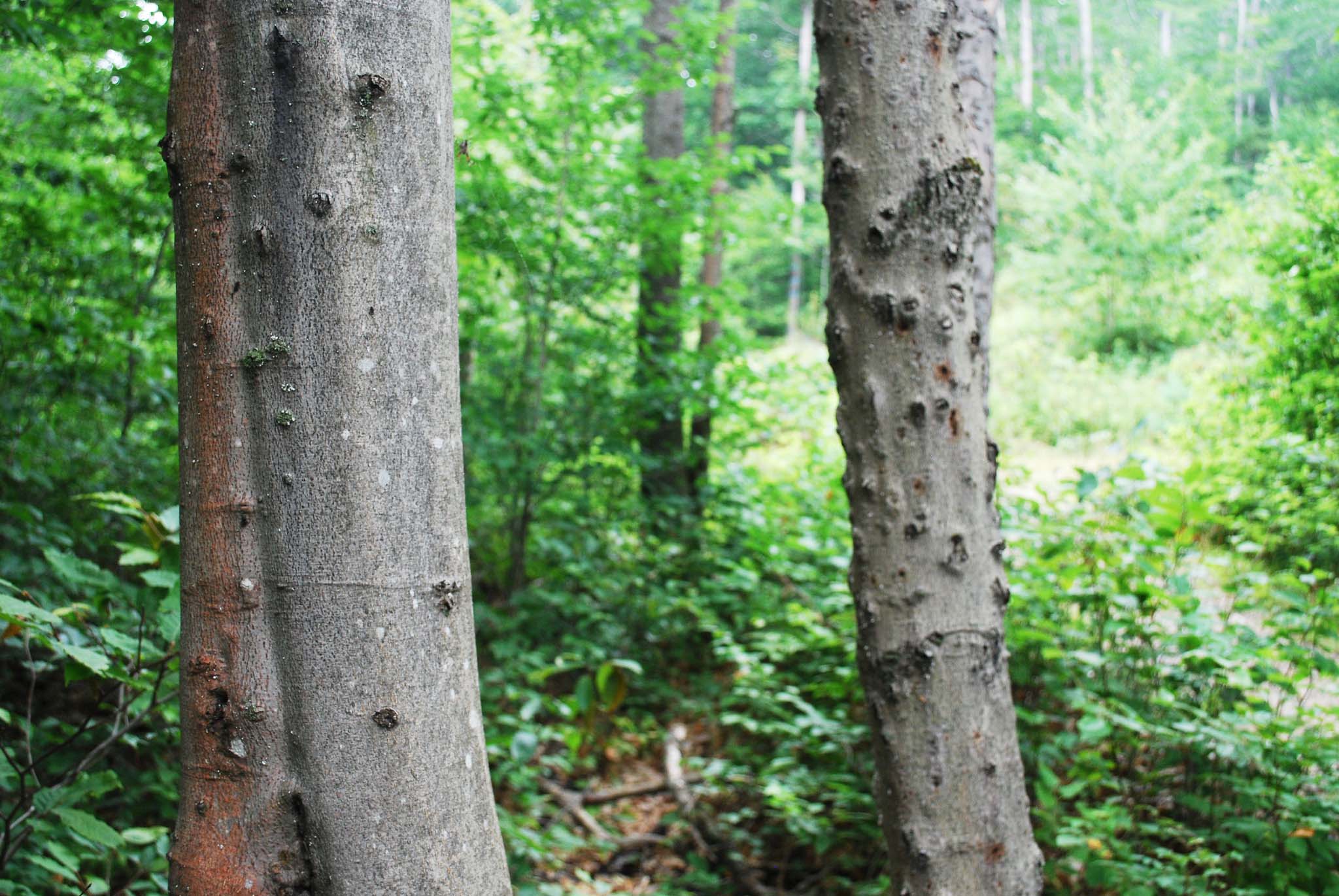
“Even in the Maritimes, people have lost the ability to identify what a clean American beech looks like,” says Donnie McPhee, coordinator of the National Tree Seed Centre in Fredericton, N.B.
But not everyone. In 2004 and 2005, as the beech scale expanded to untapped provinces and states, researchers with the Canadian Forest Service conducted a survey of Nova Scotia, New Brunswick and Prince Edward Island. They discovered, to their amazement, that about 3.3 percent of the region’s American beech were entirely unscathed.
This wasn’t luck. Through one genetic quirk or another, these trees supported bark chemistry lethal to the invasive scale, killing any that attempted to steal their sugars and forestalling the incursion of fungus. These hardy survivors had the right stuff, to endure and reproduce.
If only they weren’t so far apart.
McPhee was part of a joint effort between the Canadian Forest Service and Parks Canada to collect grafts from these unscathed tree – clones, essentially – and plant them together in three distinct groves, one each in Kejimkujik, Fundy and PEI national parks, where they’ve been quietly maturing since 2010. In 2022, they were old enough to produce a few beechnuts, and in time they’ll produce a lot more. Those seeds will, it is hoped, support the same resistance to beech bark disease as their parents. From there, mass replanting becomes a possibility.
The problem is time, McPhee says. We should be able to breed trees the same way we breed potatoes, except potatoes don’t take 15 years to reach sexual maturity. Maintaining these groves is one thing, but holding on to the requisite people and funds for decades at a time is quite another. Shortly after the groves were planted, Parks Canada underwent a massive reduction in staff, and every ecologist with whom McPhee had collaborated was suddenly gone. More have since been hired, and the groves are still being maintained, but for the moment, there’s no real plan for them.
“The fact of the matter is, unless there’s money to be made from a tree species, it’s really hard to find the long-term funding to carry out a project like this,” McPhee says. "I absolutely worry about our forest ecosystems, and the rate at which things are changing.”
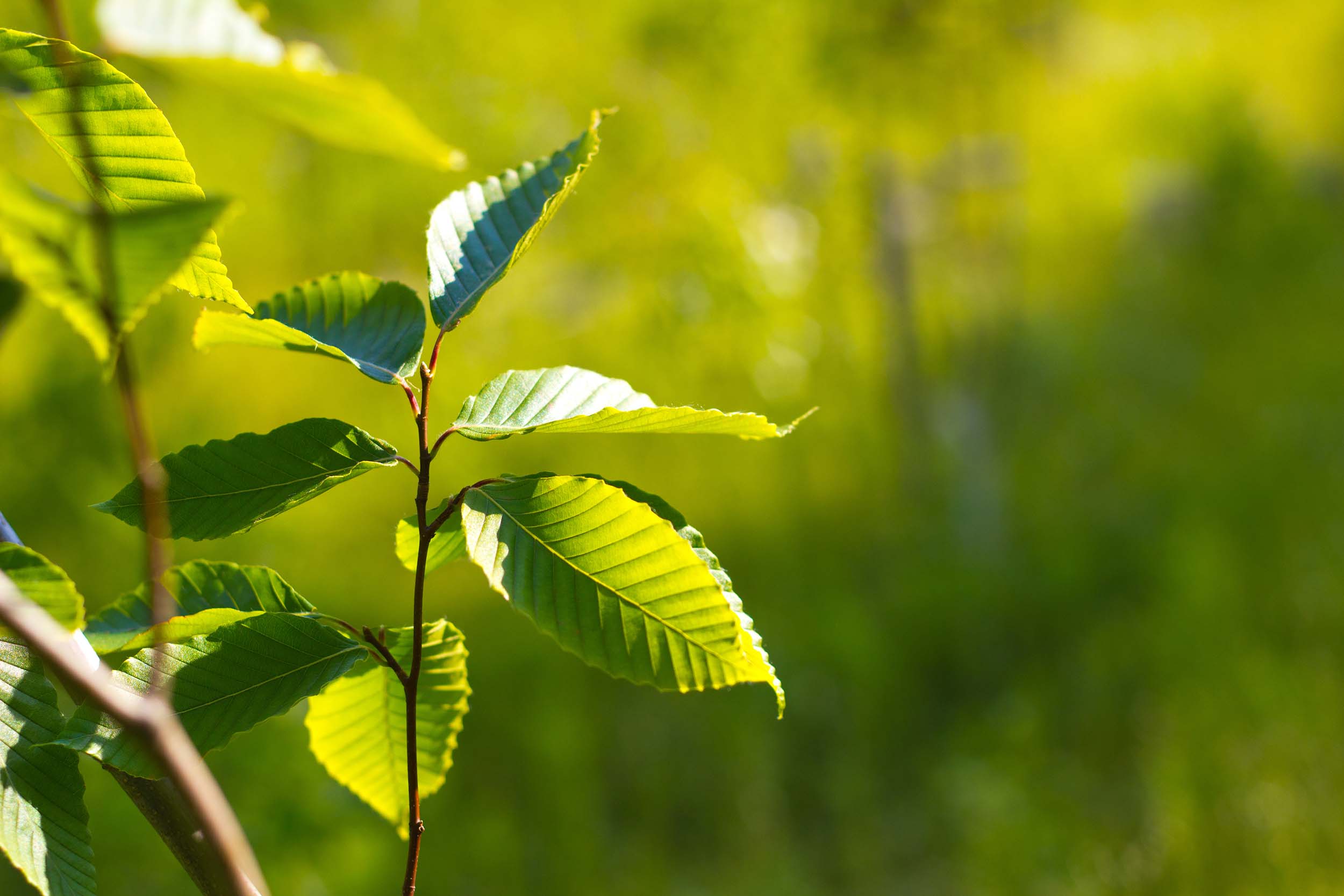
The fallen
Tree breeding is not a new phenomenon. Foresters have encouraged desirable traits in their woodlots for decades, and new varieties of apple, for instance, hit the market all the time. But as the native trees of eastern North America are slowly being obliterated by one invasive pathogen after another, the concept of breeding for resilience has garnered attention, albeit with few precedents. One is the unfulfilled promise of the American beech, and another is the belligerence of the American elm.
At one time, American elm was our hardiest tree. It grew in soils wet or dry, acidic or alkaline, sunny or shady, disturbed or pristine, and was even a favourite of urban foresters due to its ability to endure the compact soil and stuffy air of city centres. By the 1920s, it could have been argued the American elm was “overabundant,” rapidly recolonizing degraded soils in the wake of human industry.
This golden age ended abruptly when an invasive fungus was introduced independently to New Jersey, Ohio and Quebec in the 1930s and 1940s. What we now call Dutch elm disease (DED) exacted a spectacular toll on the American elm, killing hundreds of thousands in a few short decades and reducing one of the toughest trees in eastern North America to an endangered species.
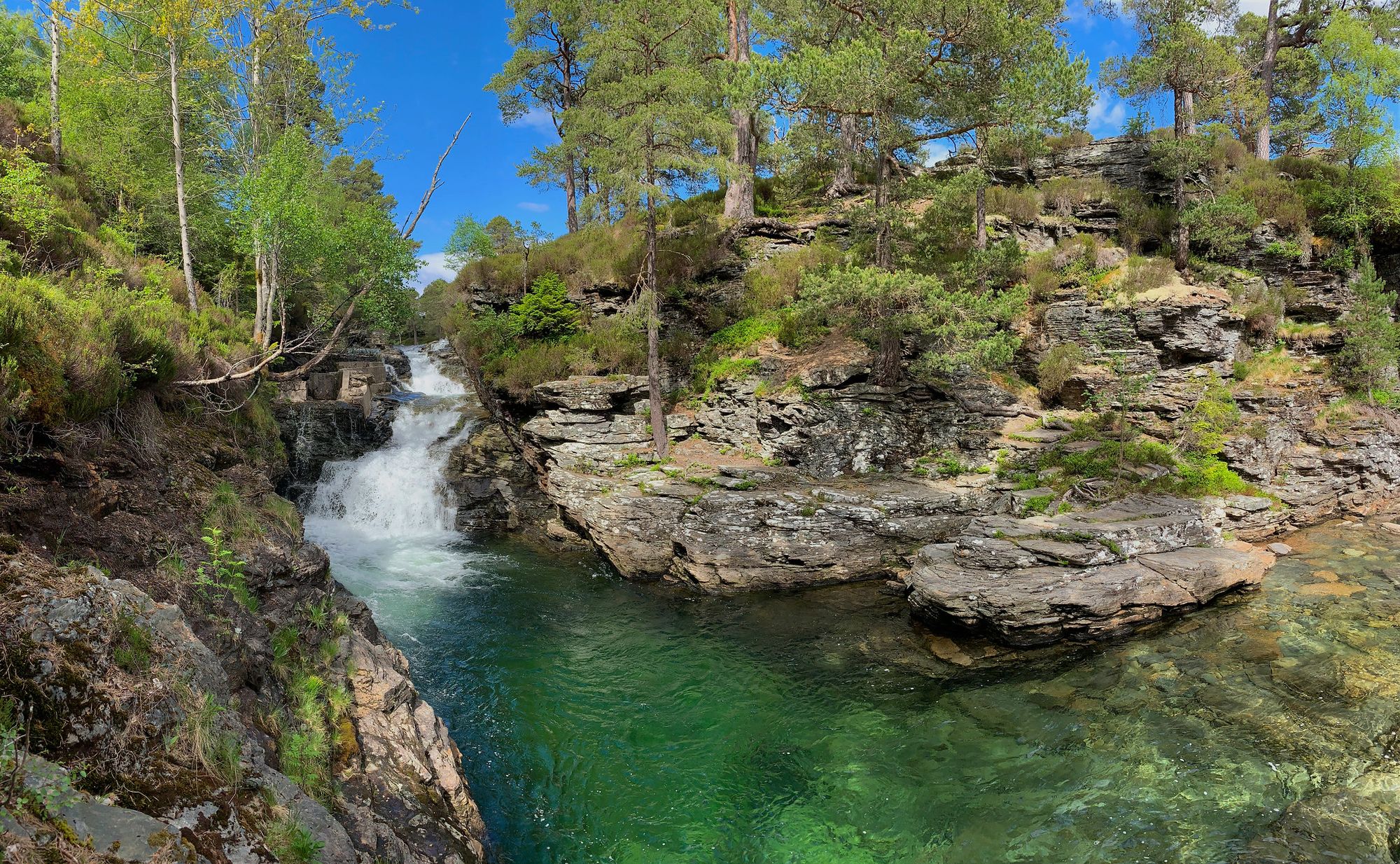
DED, on its own, is not especially dangerous. Its lethality comes from its strangeness. The disease is so unfamiliar to the American elm’s immune system that the tree overreacts, preemptively sealing off so much of its own circulatory system that it withers. DED, therefore, is one step removed from an autoimmune disease.
But as with the American beech there were outliers, elms with a distinct genetic cocktail first appreciated by Henry Kock in the 1990s. At that time, Kock was a horticulturalist with the Arboretum at Guelph University in Ontario, 400 acres of managed forest adjacent to campus, its grounds dedicated to research, education and conservation.
Kock kept coming across American elm who were, in spite of DED, healthy and hardy, gracing old farms and country roads. It was initially assumed these trees were just lucky, so isolated that the fungus never reached them. But this didn’t add up. Kock spoke to farmers who had originally had several dozen American elm, all of them save one dying from DED when the fungus rolled through. These survivors hadn’t avoided DED. They had the right stuff.
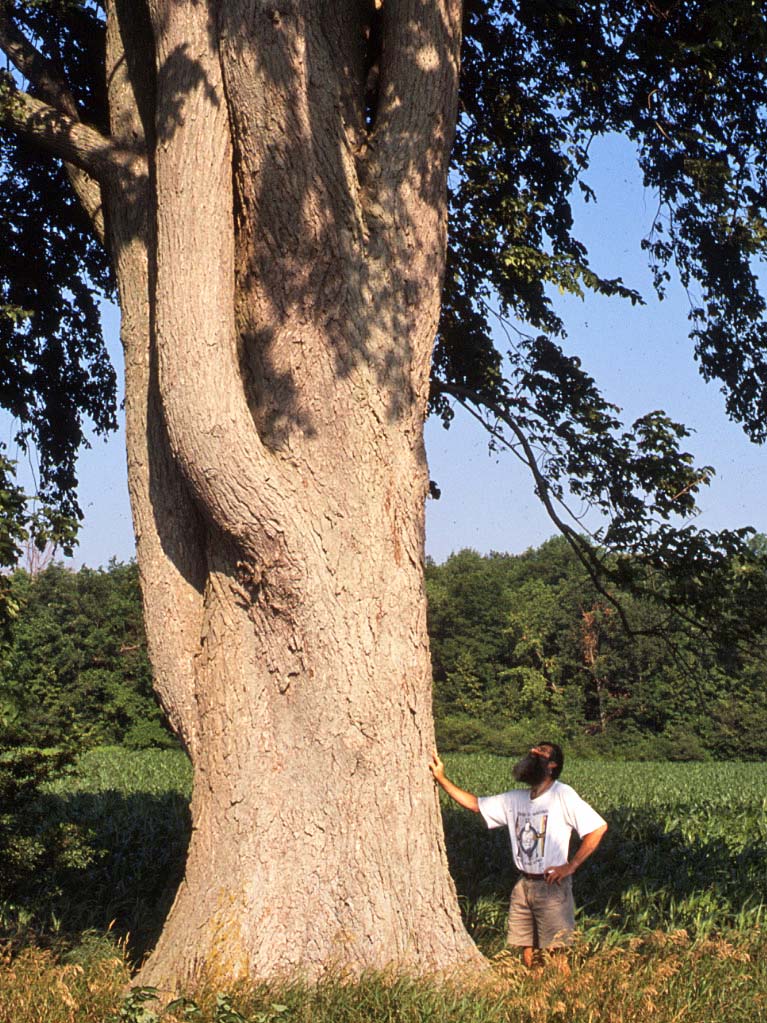
Kock took grafts, cloning each several times over, and brought those clones to the Arboretum, where he and his protégé Sean Fox, alongside forest pathologist Martin Hubbes with the University of Toronto, put these trees to the test. One year they’d inject DED into their branches, the next year into their trunks. First they tried a mild strain, then a ferocious one, then both simultaneously. Year after year, these grafts were infected, and year after year, they shrugged the infection off.
“We have over a hundred mother trees that, for the past 20 to 25 years, we haven’t been able to kill,” says Fox, now a horticulturalist and senior research associate with the Arboretum.
The right stuff, in the case of these American elm, manifests as a measured response to infection that is encoded somewhere in the tree’s genome. These individuals resist DED without going nuclear. They lose a leaf here or a branch there, but ultimately defeat the fungus. Kock and Fox confirmed this trait in 110 mother trees across Ontario from whom they’ve taken 450 grafts.
“Henry told me he was never going to see the end of this project,” Fox says. “I won’t either, because I think its success will be multiple generations past us, when this tree is naturally regenerating on the landscape.”
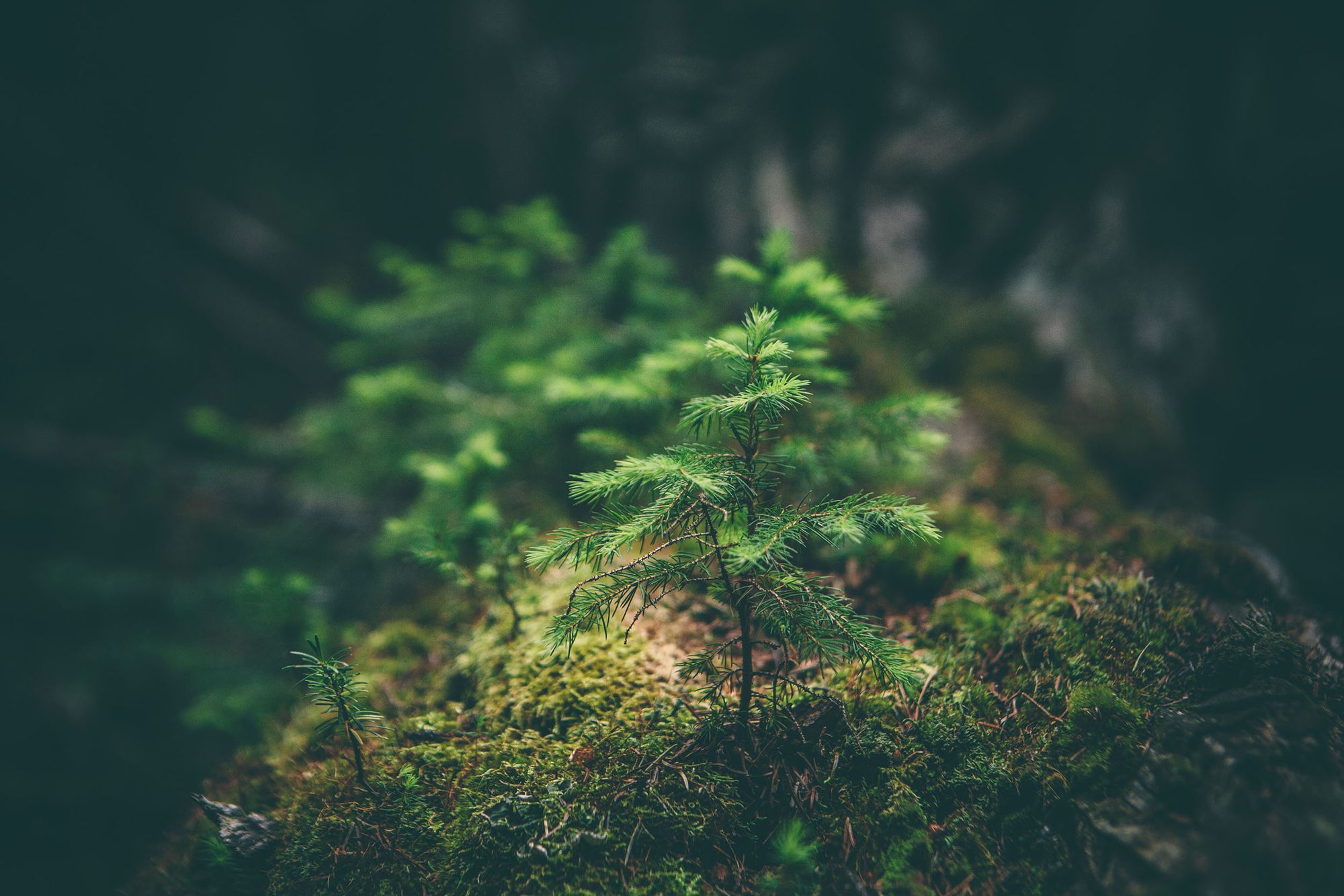
And that will take more than clones. Genetic diversity is the only reason DED-resistant American elm exist, allowing just enough variation between individuals so that, by chance, 110 trees across Ontario were ready for the fungus before it arrived. Replanting the province with tens of thousands of grafts from those same 110 trees – a homogenous blitz of clones – might allow this tree to gain ground in the short term, but would rob the species of crucial genetic diversity, leaving the American elm vulnerable to whatever comes next.
Recreating that diversity, Fox says, will require sex – and lots of it. Their 450 grafts have recently begun producing seed with one another, and the resulting seedlings should possess some degree of DED resistance, but there are no guarantees in sexual reproduction. Some will resist the pathogen like their parents. Some won’t. Some will be better adapted to drought, cold and predation from insects, others worse. Diversity can be expensive, but it’s the only real hope for this species.
“Holding on to that diversity is best,” Fox says. “We’re going to be getting this seed out to restoration nurseries, to conservation authorities, to national and provincial parks, plant a thousand of them, confident that some will become that next generation of healthy tree. Over time, we hope to see those trees sharing pollen with each other and, over multiple generations, to see 100 to 200-year-old elm trees supporting Baltimore orioles and all sorts of wildlife.”
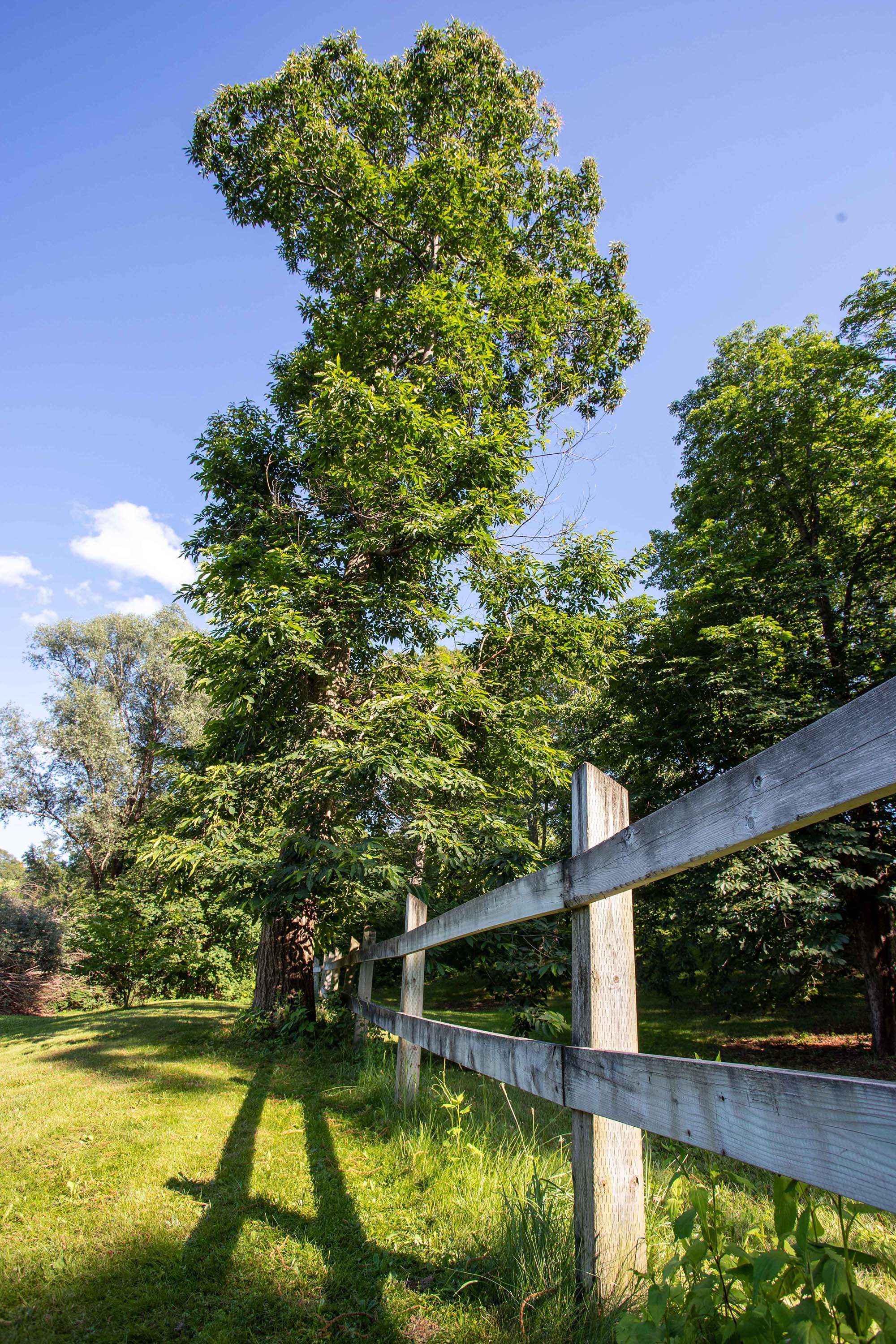
Inventing resistance
Not all trees have the raw recovery potential of the American elm or American beech, either because the gene pool is too small or the inborn resistance wasn’t there in the first place. Or both.
The American chestnut fits this description. After the introduction of chestnut blight to New Jersey in 1876, this tree was eradicated across its entire range from Mississippi to Maine, a stretch of eastern North America in which it accounted for a quarter of all trees. There were no inexplicable survivors, no harbingers of the right stuff. If a chestnut was alive, it was either a crossbreed with a Chinese or Japanese chestnut (both of which are naturally resistant to blight), or just lucky.
So when the Canadian Chestnut Council (CCC) ended up breeding pure American chestnuts anyway, it was by accident. Their plan had been to cross pure American chestnuts with their Chinese and Japanese cousins and then to “backbreed” those hybrids with pure Americans, ultimately producing a tree with all the physical characteristics of the American chestnut but the blight resistance of its Japanese and Chinese forebears.
But you can’t do good science without a control group, so project founder Adam Dale of the University of Guelph also crossed 26 pure American chestnuts – the healthiest specimens known in southern Ontario – with each other. The resulting 643 seedlings became his control group, against which he would measure the progress of his hybrids. But as the generations rolled by, and the healthiest were bred with the healthiest, Dale discovered something extraordinary: His control group of pure American chestnuts was developing blight resistance at roughly the same rate as his crossbreeds.
“They’ve got something,” says Dragan Galic, the University of Guelph researcher who took over the breeding program from Dale. “There’s no doubt in my mind.”

While Galic still maintains the hybrids, the “control group”, presently in its third generation, is now his primary focus. Some of these chestnuts have survived with lethal doses of blight for 20 years now. Some, the CCC expects, could hold out over a century.
Exactly how they’re resisting chestnut blight is an open question, but Galic suspects several mechanisms are working in concert: the integrity of a tree’s bark (preventing initial infection), the ability of trees to callus (isolating infection) and phytoalexins, a class of antimicrobial compounds used by trees to combat infection. Strength in any one of these categories might not save a chestnut. But breed all three into a single tree and you have something approaching the right stuff.
If Galic is correct, then the CCC didn’t so much discover blight resistance as invent it, mixing the genes of a precious few trees and coming away with a workable solution. In another two or three years, the strongest individuals from Galic’s third generation will breed to produce a fourth – ready, he hopes, for distribution in the wild.
The right stuff came at a heavy cost to the American chestnut. The gene pool of 26 trees was small to begin with, and successive generations have narrowed it further. The control group’s fourth generation might well be resistant to chestnut blight, but among them there will be effectively no diversity.
The only safeguard, once again, is sex – lots and lots of open pollination with the few wild chestnuts still standing. The CCC will plant their seedlings in the company of isolated elders, pairing the diversity lost in their breeding program with its hard-won genetic resistance. If all goes well, Ontario’s chestnuts will have a fighting chance.
Resistance breeding is an unproven science, requiring so many decades, dollars and careers that, to date, it hasn’t yet worked. But pioneers like the American beech, American elm and American chestnut are slowly proving the concept, their lessons already being applied to other trees in abject peril such as the Eastern hemlock, black ash and white walnut. Across eastern North America, programs young and old remain in search of the right stuff.





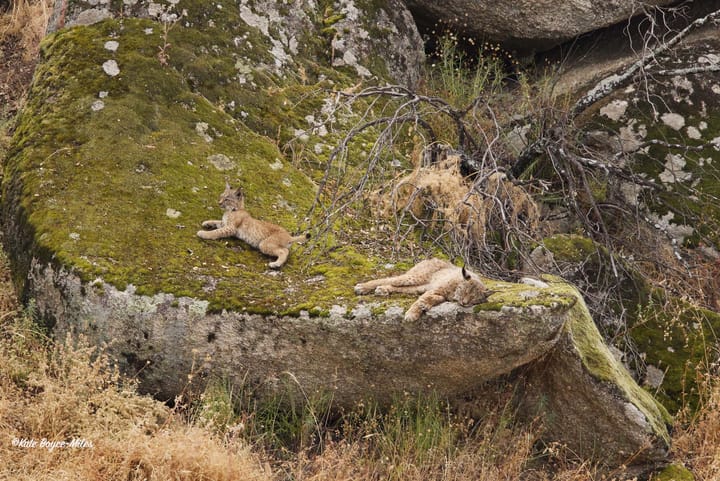
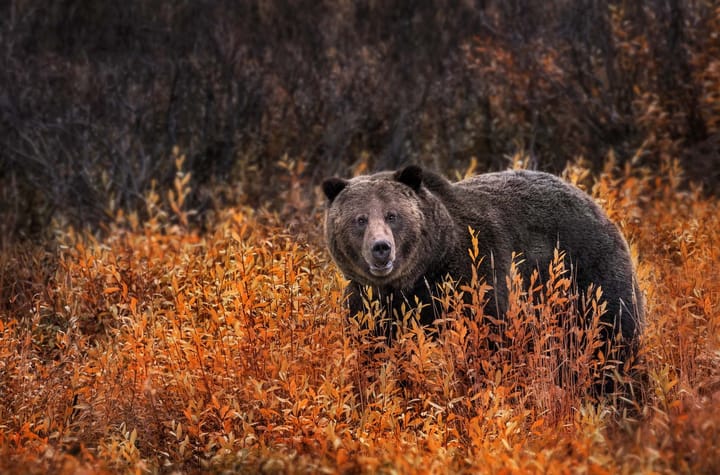



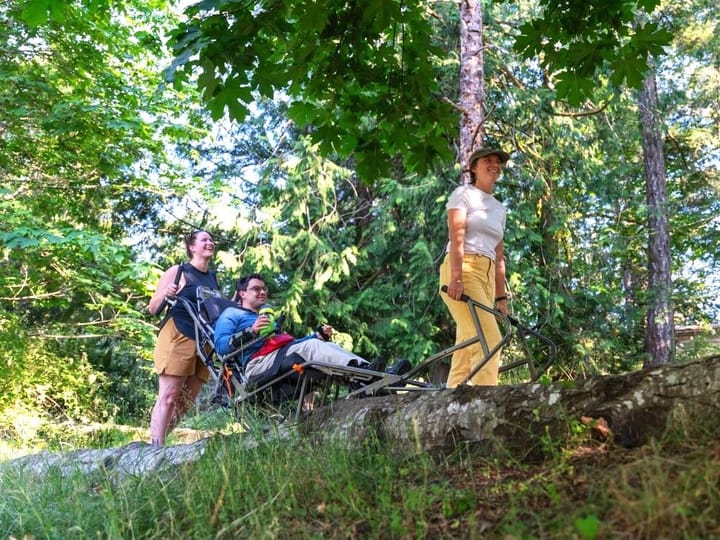

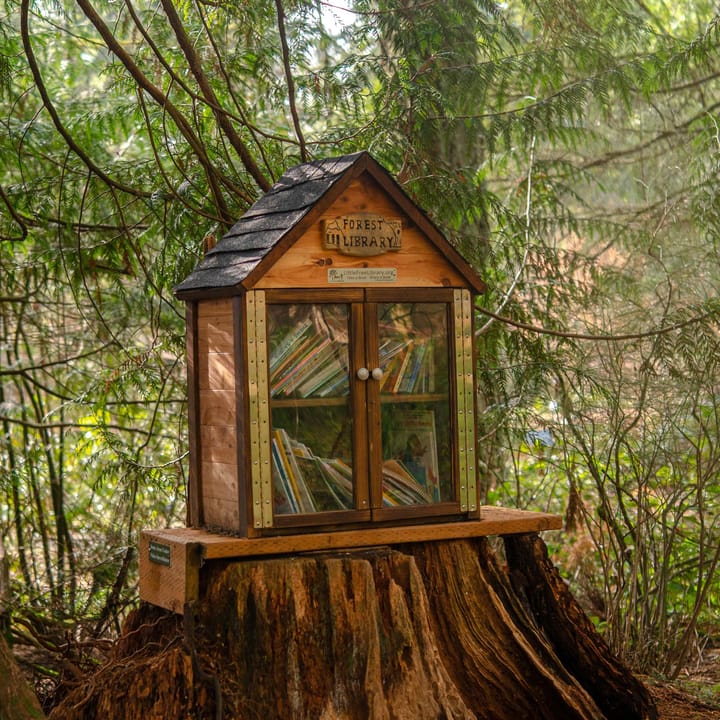
Comments ()